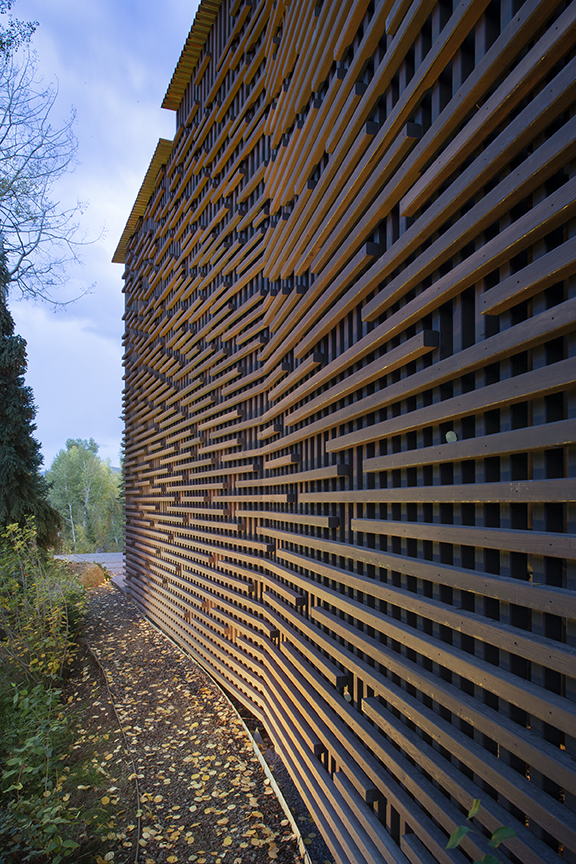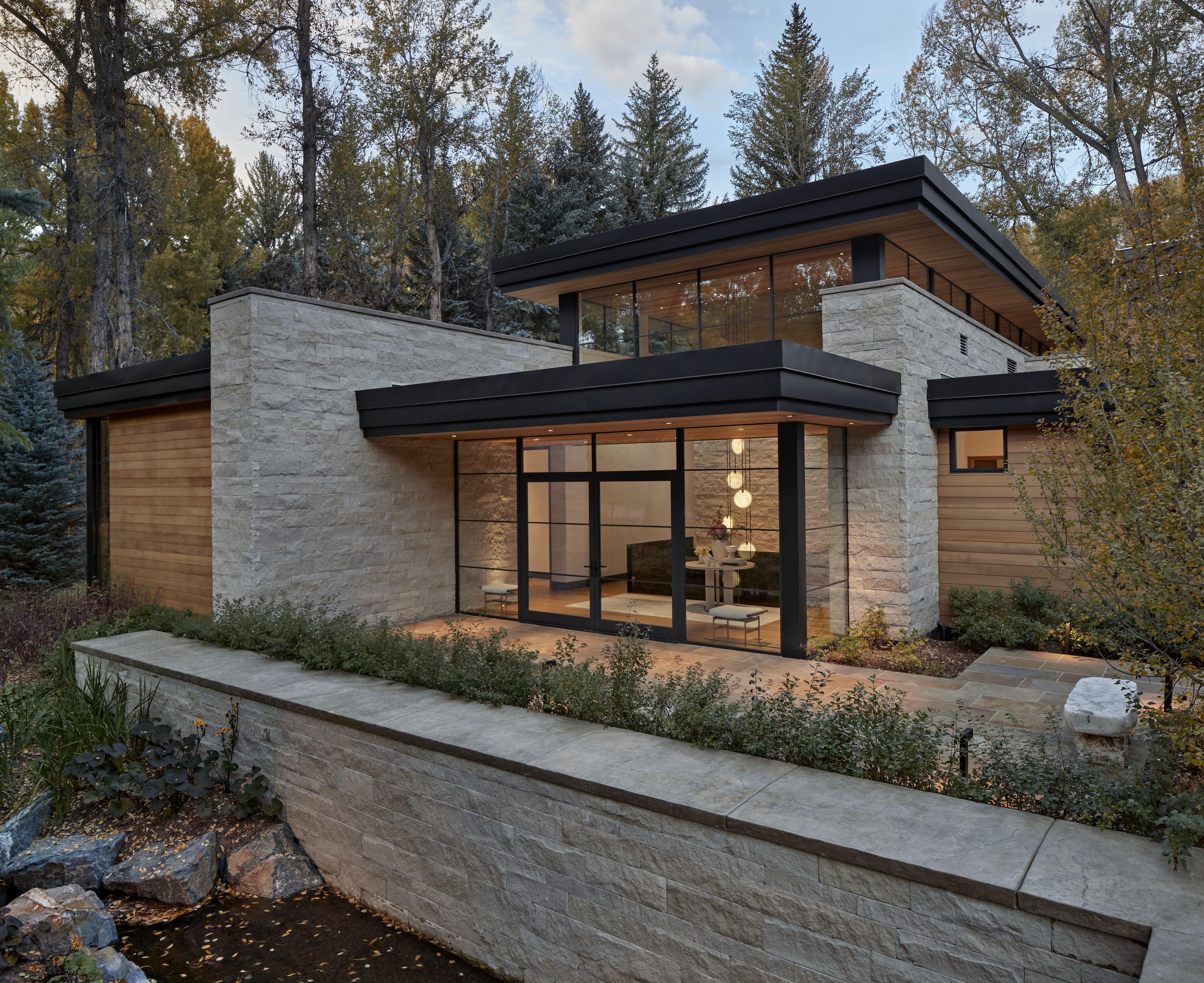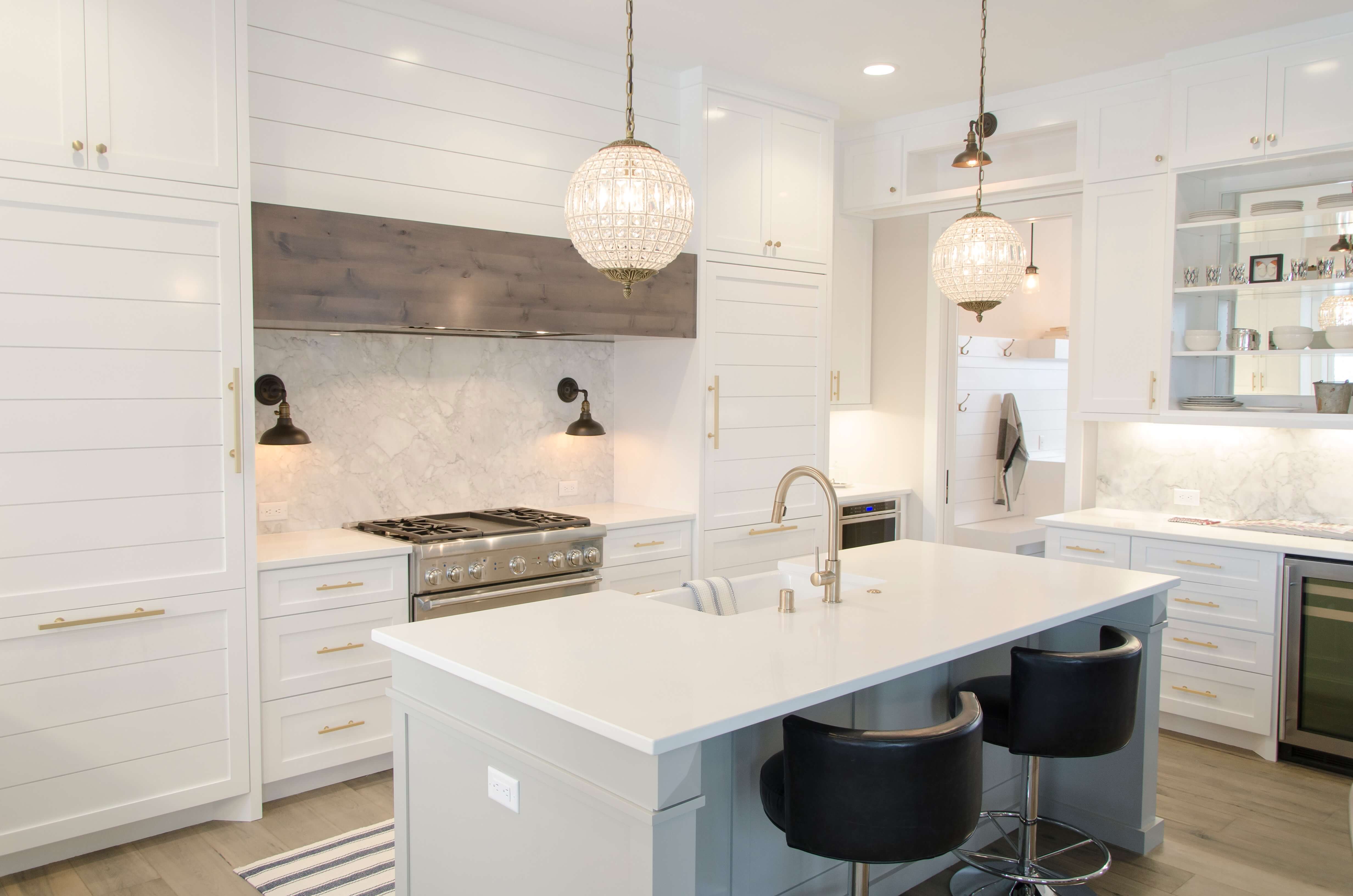More than ever, Aspen architects are using sustainable design principles and incorporating new eco-friendly technologies in their work. These innovative designs are giving new shape to contemporary buildings, significantly decreasing greenhouse gas emissions and energy consumption.
Understanding Sustainable Design Principles
Known to be the foundation of modern architecture and structural design, sustainability has a vital role in the structural designs of the 21st century. Here are three key principles of sustainable design:
Sustainable materials – The building materials selected for a structure are vital in establishing its sustainability, particularly when sourced from reliable building materials. The usage of recycled, low environmental impact, and locally sourced materials can considerably improve a structure’s sustainability.
Energy efficiency – Energy efficiency remains at the forefront of sustainable design principles. The objective of these designs is to decrease energy usage through different strategies like efficient insulation, passive solar heating, and photovoltaic technology.
Water efficiency – Due to the rising scarcity of water resources worldwide, sustainable design should strive for the smallest water use. Incorporating green plumbing, water recycling systems, and rainwater harvesting are efficient strategies.
The Role of Structural Drafting in Sustainable Design
Innovators in the structural drafting field are adding sustainable design principles into their projects, continually reimagining and redesigning the structures of our current world. Here are a few ways structural drafting is impacting sustainability:
Groundbreaking Design Solutions
Cultivating groundbreaking design solutions is at the center of sustainable structural drafting. From designing buildings that use natural energy sources to creating new construction methods that reduce environmental damage, the range for innovation is limitless.
Observance of Environmental Standards
Modern structural drafting solutions focus on observing environmental standards such as:
- Sustainability regulations
- Creating designs that follow conventional building codes
- Environmental policies
Environmental compliance has become a critical part of infrastructure development, especially when it comes to global climate change. Structural drafting has an important role in crafting designs that comply with environmental norms and strict building regulations.
Besides putting structural integrity at its core, these designs integrate effective waste management strategies, efficient resource optimization, and groundbreaking energy solutions.
The resulting infrastructure works effectively, contributing marginally to environmental pollutants, thus endorsing a more sustainable and healthier lifestyle. Through environmentally conscious drafting, an infrastructure is constructed that harmonizes and respects the field of nature’s design.
Architects can transform the construction and design industry by creating road maps for green design development. With the complexities caused by climate change and the desire to enhance building performance, architects must take a more committed role in guiding the conversation around sustainability. Architects can create structures that positively affect their occupants’ well-being by incorporating sustainable principles into building design.
The road map architecture produces can pave the way for a sustainable future and have a significant impact on future generations.
Why Sustainable Architecture Matters
The importance of sustainable architecture is in its environmental effect. By adopting sustainability principles, architects contribute to the decrease of energy consumption and CO2 emissions linked with a construction project, as well as those associated with the building’s intended use once construction is finished.
When it comes to money matters, sustainable buildings typically are more cost-effective over time. They are designed with resilience and energy efficiency at their foundation, leading to less maintenance and energy costs. Sustainable architecture examples are ground source heat pumps and mechanical ventilation heat recovery systems.
The Need for Sustainable Architecture Design
Sustainable architectural design is vital for many reasons:
Environmental protection – Customary architectural design techniques can harmfully impact the environment, causing problems such as pollution, deforestation, and energy waste. Sustainable architecture design tries to diminish these impacts by more efficiently using resources and lessening waste.
Compliance with policies – A growing number of governments are creating policies to reduce the environmental effects of construction projects. Implementing sustainable architectural design can help in complying with these policies.
Economic benefits – Although sustainable design may have greater upfront costs, the long-term savings due to resource and energy efficiency can counterbalance the initial price. Sustainable buildings usually use less energy and water, generating lower utility bills.
Social responsibility – By considering the effect of a construction project on local communities and the environment worldwide, sustainable architecture exhibits a level of social responsibility, bettering the public image of a person or business.
Comfort and well-being – Sustainable architectural design usually includes features such as enhanced natural light and ventilation, producing a more comfortable and healthier working and living environment. It improves indoor environmental quality by decreasing pollutants and contaminants.
Future-proofing – Due to the dependence on finite resources, implementing sustainable architectural practices guarantees that structures are future-proof and can function efficiently down the line.
The Impact of a Sustainable Building on its Occupants
While the benefits of sustainable buildings go beyond their occupants to community and environmental levels, they also provide important direct benefits to those who live and work in them.
Sustainable buildings usually provide better indoor air quality. The use of well-thought-out ventilation designs and non-toxic materials lessens allergens and pollutants in the air, producing a healthier working and living atmosphere. This can lead to a significant improvement in occupants’ well-being, possibly cutting health-related expenses.
Many sustainable designs include natural elements like green spaces and sunlight, which can enhance productivity, decrease anxiety, and improve a person’s mood. Working and living in a sustainable building can heighten knowledge and awareness about sustainability, inspiring occupants to adopt more eco-friendly practices elsewhere in their lives.
Today’s architects strive to ensure that their sustainable designs constructively influence the lives of those who live or work in the spaces they create, acknowledging the powerful influence architecture can have on daily living.
How Sustainable Architecture Designs Impact the World
Renewable Energy Sources and Eco-Friendly Materials
Using renewable energy sources and eco-friendly materials is an excellent way for architects to accomplish their sustainable development goals. By including these elements in building projects, architects can decrease their carbon footprint, creating comfortable, healthy living spaces.
Environmentally-friendly materials like recycled wood, bamboo, and cork are sustainable and sophisticated, helping to create gorgeous buildings with a distinctive aesthetic. By using these methods, architects can substantially contribute to sustaining our planet while creating beautiful and timeless structures.
Social Responsibility in Design Decisions
An excellent design is about more than just aesthetics. It’s also about making responsible, good decisions that benefit the earth and its inhabitants. Architects use their knowledge and skills to spotlight social responsibility in all design decisions. This means:
- Contemplating the environmental effect of materials used
- Contemplating the accessibility of buildings for people with disabilities
- Contemplating the safety of communities situated around the surrounding environment
Incorporating Green Building Standards into Projects
Architects can create a long-lasting impression on our environment and our world by implementing green building standards into their projects. Doing so guarantees that their designs are sustainable, resource-conscious, and energy-efficient.
There are numerous ways to include green building standards in projects like using low-emission technologies and renewable construction waste. The results are standards that help lessen construction costs, decrease water and energy usage, and diminish waste production. In the long run, incorporating green building standards into projects can significantly contribute to attaining sustainable development objectives.
Sustainable designs can aid in reducing waste by using materials with a low embodied energy rating, which reduces using non-renewable resources during construction. For instance, rooftop gardens and green walls can bring nature into our cities and buildings, promoting a healthier atmosphere. For structures that promote better health and are eco-friendly, sustainable architectural designs are the answer.
They preserve energy and safeguard the environment while offering healthier living spaces for our cities and towns. Featuring natural elements such as grass, trees, and shrubs can decrease air pollution and construct a wonderful sanctuary for everyone to enjoy. The world can become a better place, beginning with sustainable architectural designs.
It also means taking into consideration designs’ lasting impact on current and future generations. By crafting resilient and sustainable designs, architects can be sure that their designs are attractive and leave a positive permanent legacy in the world. Taking responsibility for the effect of their work is a vital part of being an architect. This is why architects must make sure that every architectural design decision counts.
Conclusion
Looking at the current environmental crisis, incorporating sustainable design principles in architectural and structural engineering is not just an option; it’s a necessity. Architects play a significant role in this transition.
By using sustainable practices, future generations can thrive in a more sustainable, cleaner, and safer world. The move towards sustainable design is a positive trend that assures a resilient and greener architecture industry.
Let’s Discuss Your Next Project
At Forum PHI, our architects, interior designers, and land planners work expertly, combining splendid practical designs with environmental resilience to create a space that offers functionality and style. Contact us today and let’s discuss your next project.




